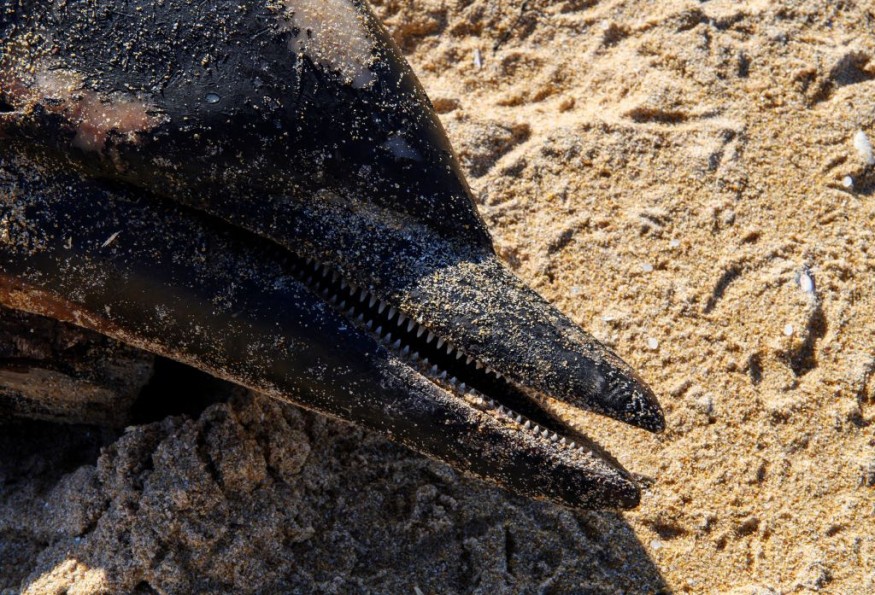
A dolphin in Florida, United States was found infected with avian flu.
Due to this latest development, more research is needed to determine the cause of the marine mammal's infection.
Prevalence Of Avian Flu
Experts have noticed that there has been an explosive expansion when it comes to the geographic distribution and prevalence of highly pathogenic avian influenza (HPAI) A(H5N1) of hemagglutinin (HA) clade 2.3.4.4b viruses among animal populations in America since the year 2021.
This kind of virus has raised concern due to their significant adverse economic impacts on the poultry industry.
This also resulted in widespread mortality among wild bird species in the said continent.
So far, the said virus has also been reported among raptors such as eagles, owls, and vultures. This discovery indicated that predation and scavenging of infected birds are efficient means when it comes to HPAI virus transmission.
Recently, the virus has been responsible for the deaths of sea lions (Otaria flavescents) that are living in Peru and Chile, along with harbor (Phoca vitulina) and gray (Halichoerus grypus) seals residing in New England and Canada.
To recall, a number of unusual mortality events when it comes to seal populations have also been associated with the avian influenza.
Based on previous observations, the harbor seals (Phoca vitulina) appeared to be the most susceptible marine mammal species for developing fatal respiratory disease. However, the reason for this is still undetermined by scientists.
Moreover, marine experts underscored that many of these previous seal influenza-related mortality events, which occurred in the populations of seals in New England, were caused by different influenza subtypes.
The subtypes that affected seals include the A(H7N7) in 1979, A(H4N5) in 1983, A(H4N6) in 1991, A(H3N3) in 1992, and A(H3N8) in 2011.
Cetacean Species
So far, researchers noted that the recent spread of the clade 2.3.4.4b A(H5N1) viruses has been linked to the novel infections of cetacean species around the world including three common dolphins (Delphinus delphis) that are swimming in Peru, Wales, and even in England.
There were also two harbor porpoises (Phocoena phocoena) that are located in Sweden and England and an Atlantic white-sided dolphin (Lagenorhynchus acutus) found in Canada, both of which were infected by the virus.
At present, the discovery of the infection of HPAI A(H5N1) clade 2.3.4.4b in a common species of bottlenose dolphin (Tursiops truncatus) in Florida was significant.
It is because it was found to have the highest viral load in the brain, which can later result in meningoencephalitis among the marine animals.
The availability of tissues and multiple samples from this animal allowed the marine experts to combine a pathologic and virologic evaluation of the infection.
Scientists have conducted a study to confirm the presence of A(H5N1) virus in dolphin tissues and to biologically characterize the virus.
They also want to determine the phylogenetic relationship between viruses from the dolphin and local wild bird populations.
These scientists noted that the research would help highlight the importance of combining histological lesions with virus isolation in order to better understand HPAI A(H5N1).
Related Article : Global Bird Flu Outbreak: South America a Viable Track of Avian Influenza Virus Towards Antarctica [Update]
© 2026 NatureWorldNews.com All rights reserved. Do not reproduce without permission.





